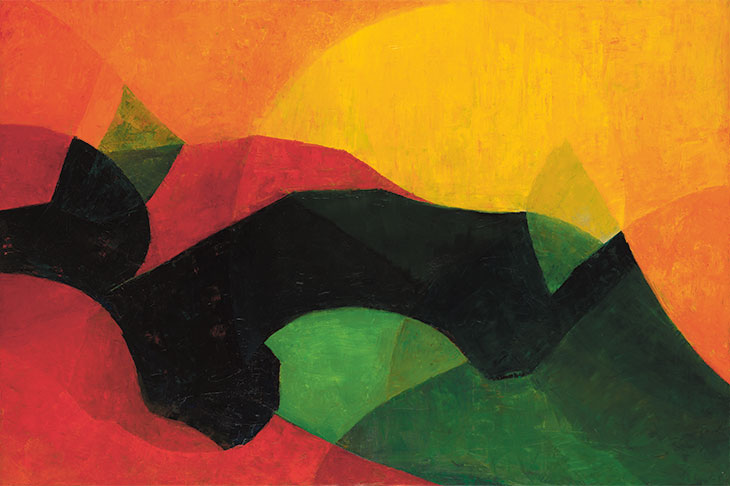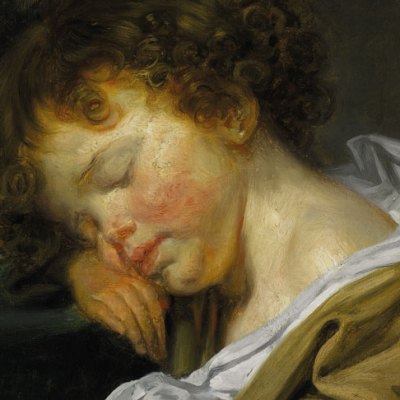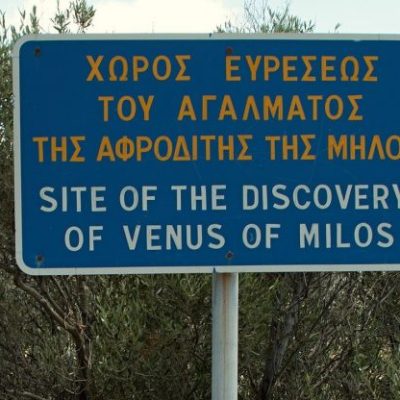La Biennale Paris has had a difficult few years. Rocked by a high-profile furniture forgery scandal in 2016, and after well-publicised leadership challenges, the grande dame of the French art market underwent an overhaul last year. The 30th edition of the fair, which takes place in the Grand Palais (8–16 September), presents an opportunity for the event to evolve, says Mathias Ary Jan, president of the Syndicat National des Antiquaires, and embrace ‘the new realities of the art market’.
Since last year, La Biennale Paris has been an annual event. ‘Today many galleries realise most of their business and sales at art fairs,’ Ary Jan says. ‘The world has changed since the ’60s: the offer is stronger, things go quicker, and your event is forgotten if it is not yearly.’ And, he adds, ‘With Brexit next year, Paris is now the most important market place in Europe.’
Despite this, the event remains a primarily French affair. Of this year’s 65 exhibitors, only about a quarter are from abroad. These include London-based Whitford Fine Art, which last year made ‘several important sales to both French and international clients’. Whitford’s presentation, which traces the development of abstraction in the post-war period, includes Lumière (1946–47), a striking, abstracted sunset by Joseph Lacasse.
Paludamentum bust, (c. 50–100 AD), Roman. Galerie Cahn, price on application

Once the traditional home of French decorative arts and antiques, the fair now boasts nearly 5,000 works, spanning millennia and media, and increasingly welcomes contemporary art, courtesy of exhibitors such as newcomer Laurence Esnol Gallery. ‘Cross-collecting interests are a notable trend of the 21st century,’ explains Ary Jan. Anthony Meyer, director of Galerie Meyer Oceanic & Eskimo Art, sees exhibiting at top fairs as a great way to meet ‘new clientele coming from the modern and contemporary worlds’. Meyer will bring a rare container carved from a large walrus tusk by an Eskimo artist; collected by a known whaler in the second half of the 19th century, it may have been used for carrying tinder or storing snuff.
Meanwhile, Galerie Cahn greatly appreciated the ‘interest in ancient art expressed by visitors’ last year, says representative Yvonne Yiu. Cahn returns with a large bust of an elderly man wearing a paludamentum (cloak), dating to the second half of the first century AD, and a ‘bilingual’ eye-cup with squat foot, dating to the late sixth century BC. Most likely by the painter Oltos, the vessel features two distinctive pairs of eyes set beneath curved brows, sprigs of ivy and decorative palmettes on its exterior. Elsewhere, Hélène Bailly Gallery brings a charcoal and etching on paper of a still life with ivy by Henri Matisse, dating to 1915, while the stand of Galerie Jacques Barrère takes ‘The Many Faces of Buddha’ as its theme. Central to the display, created with decorator René Bouchara, is a Sui dynasty (581–618) sandstone head of a bodhisattva.
La Biennale Paris, however, is far more than a trade fair. For many years, it has sought to position itself as a major cultural event celebrating national heritage and the French art de vivre. The fair’s non-selling exhibition, ‘Napoléon, L’Empereur sous la verrière’ will display a selection of pieces, including Napoleon’s coronation baton, from the imperial collection of Pierre-Jean Chalençon. Moreover, the 30th edition of La Biennale Paris marks its inaugural participation in European Heritage Days – on Saturday 15 September the fair will be open until midnight and admission will be free of charge from 6pm. La Biennale Paris looks set to kick off la rentrée with aplomb.
La Biennale Paris takes place at the Grand Palais, Paris from 8–16 September.
From the September issue of Apollo. Preview and subscribe here.



